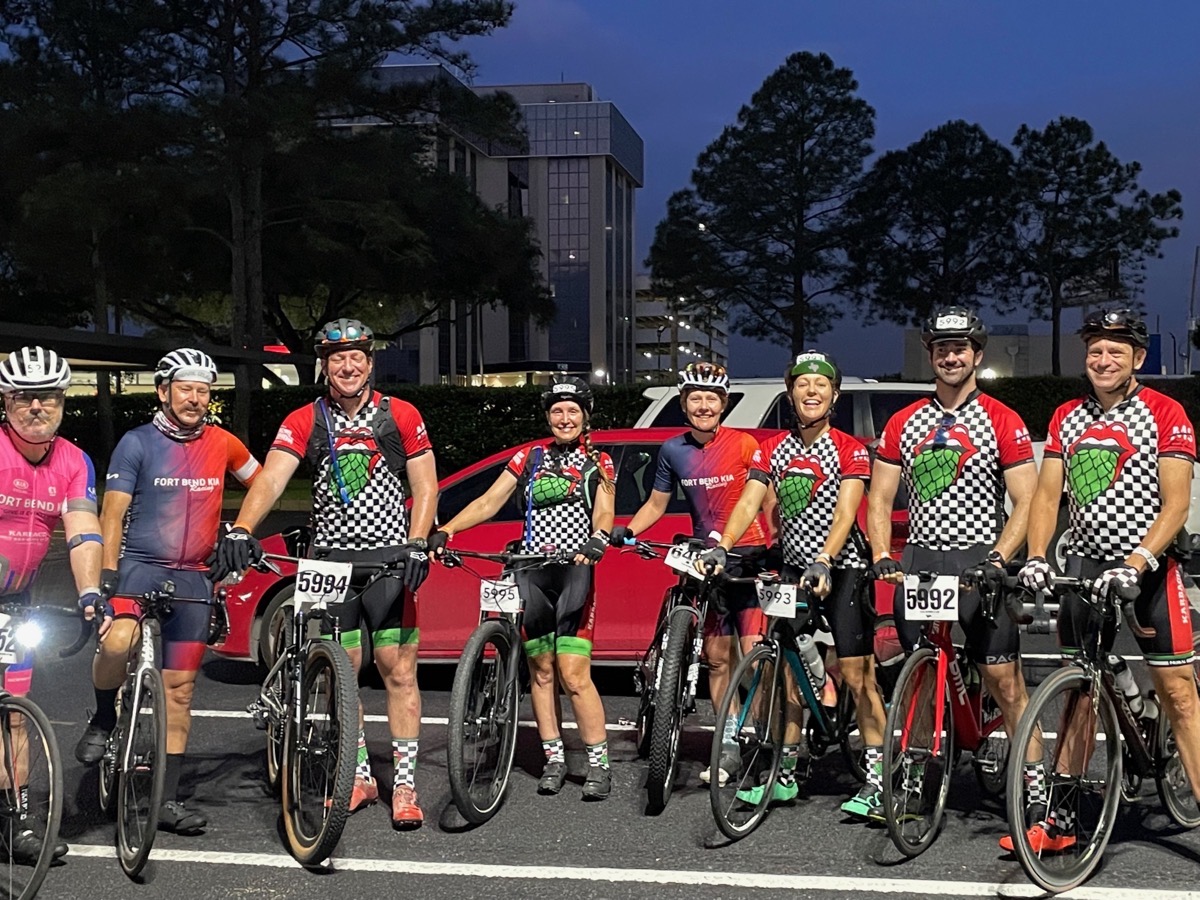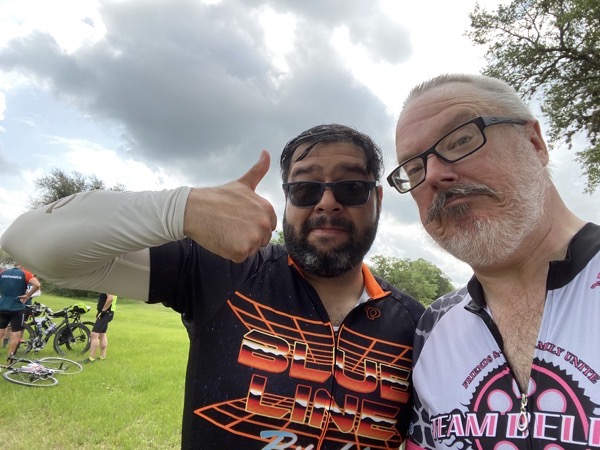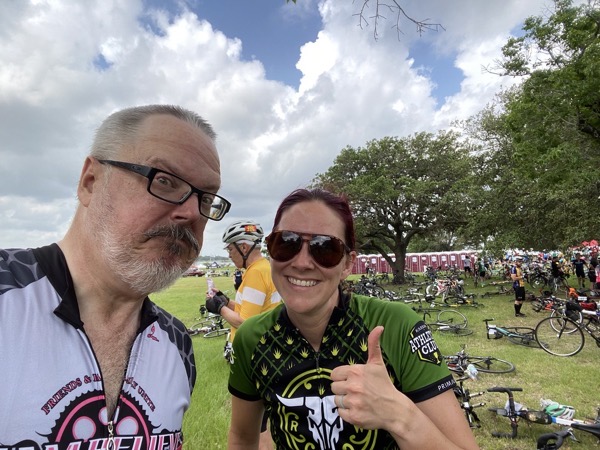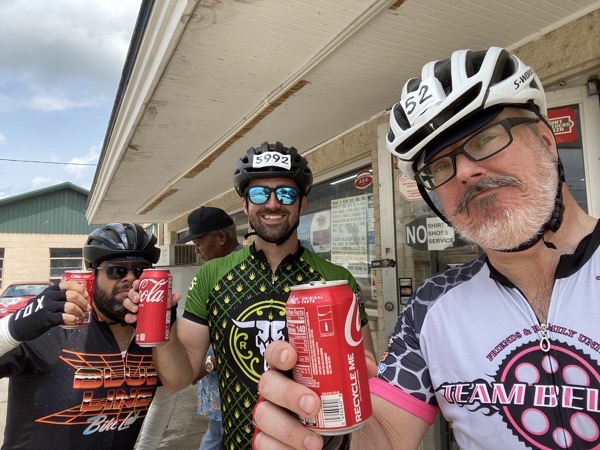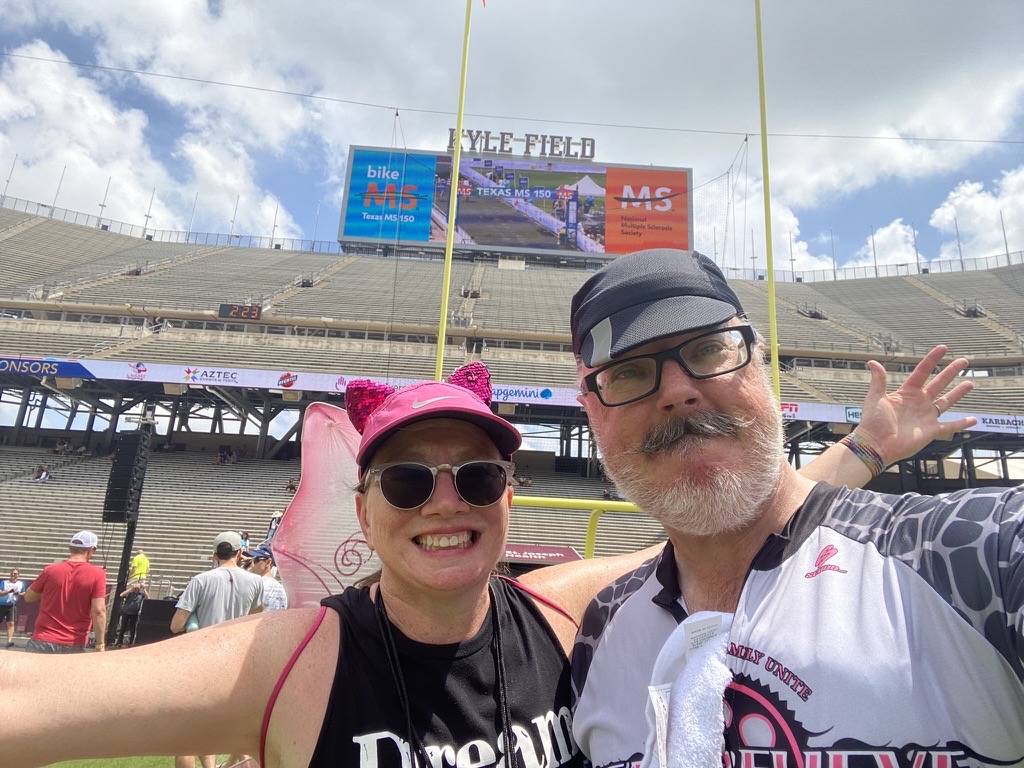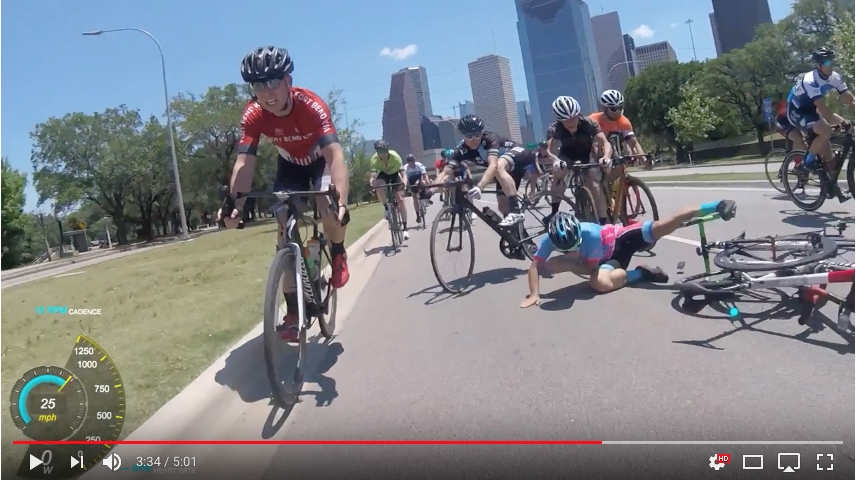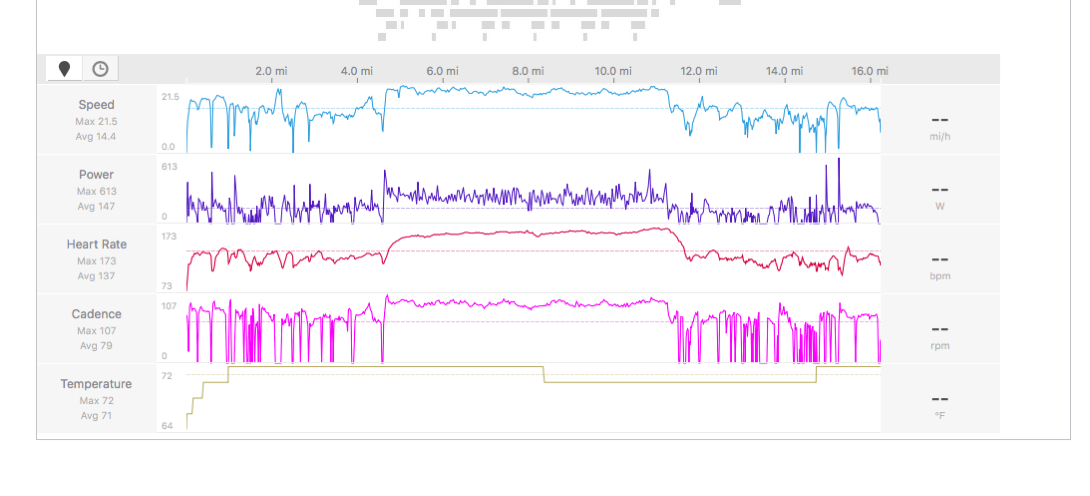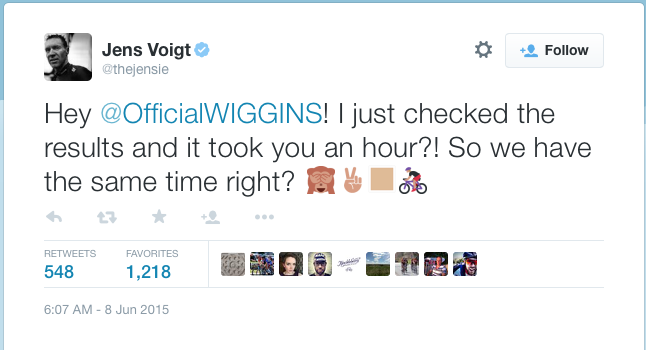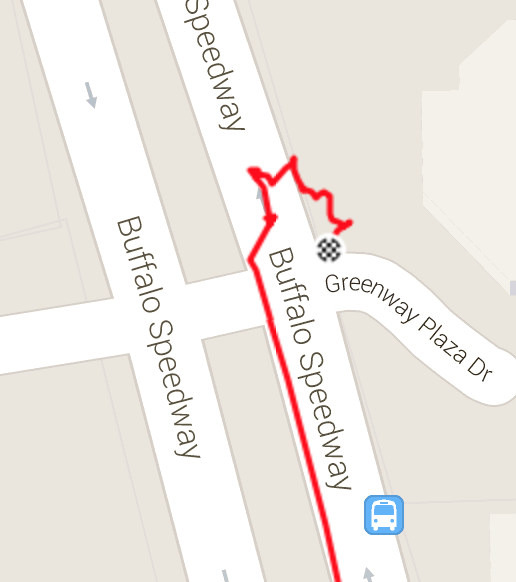It’s been a pretty good Tour so far this year, with two records of note.
The first came a few days ago, when Eritrean rider Biniam Girmay became the first Black rider to win a stage. The reaction in his team car is pretty great.
Then, today veteran rider Sir Mark Cavendish won the 5th stage of the 2024 Tour de France. Aptly, the Manx Missile won in a sprint, 16 years after he won his first stage.
Until today, the record for Most Stage Wins in the Tour was held by cycling god Eddy Merckx, a Belgium rider who dominated the sport in the 60s and 70s. He won the Tour 5 times outright, and bagged the points prize 3 times and the mountains award twice, all on his way to winning a stunning 34 stages, a record he set 49 years ago. (I could go on and on here, but suffice it to say that Merckx dominated cycling in a way that really exceeds the huge footprint Jordan left on basketball, or that Tiger had on golf. He won everything over and over, in a way that no one has been able to approach since, partly because cycling has become enormously specialized. Cavendish has the stage win title now, for example, but he’s a sprinter and has never been in contention for the overall Tour.
Here’s some video. The speeds are in kilometers, but it’s worth noting that they finished uphill, into the wind, at forty miles an hour.
The table on the TdF records page is pretty wild and VERY stable. Aside from Cav today, you have to read down the list to the current 13th place rider to see a date in the 21st century (Marcel Kittel, who won his 14th in 2017).
The only other currently active rider (aside from Cav) is wonderkind Tadej Pogačar, currently tied for 16th place with 12 wins (including Stage 4 of this year’s race).
That number will go up; Tadej is only 25, and is the odds-on favorite to win in Paris this year. Not for nothing, but he’s the closest thing to an all-around threat we’ve seen since Merckx — he’s won the TdF outright twice, and in both years ALSO won the Mountains classification. He’s also won the Giro, and sits at top spot of the UCI road racing rankings. He’s compared to Eddy so often there’s a whole section of his Wikipedia article about it.
Will he beat Cav? I’m fresh out of crystal balls, but it’s pretty easy to imagine a world where Tadej ends up in the top 5 (which would require 23 wins). He’s only 25, and racing stays viable into one’s 30s. (Cadel Evans won the Tour at 34 back in 2011.) If he stays healthy, and wins at his current pace (so, call it 2.5 or 2.75 stage wins per tour), then Cav’s record won’t last past the mid-2030s.
But that’s a big if.

